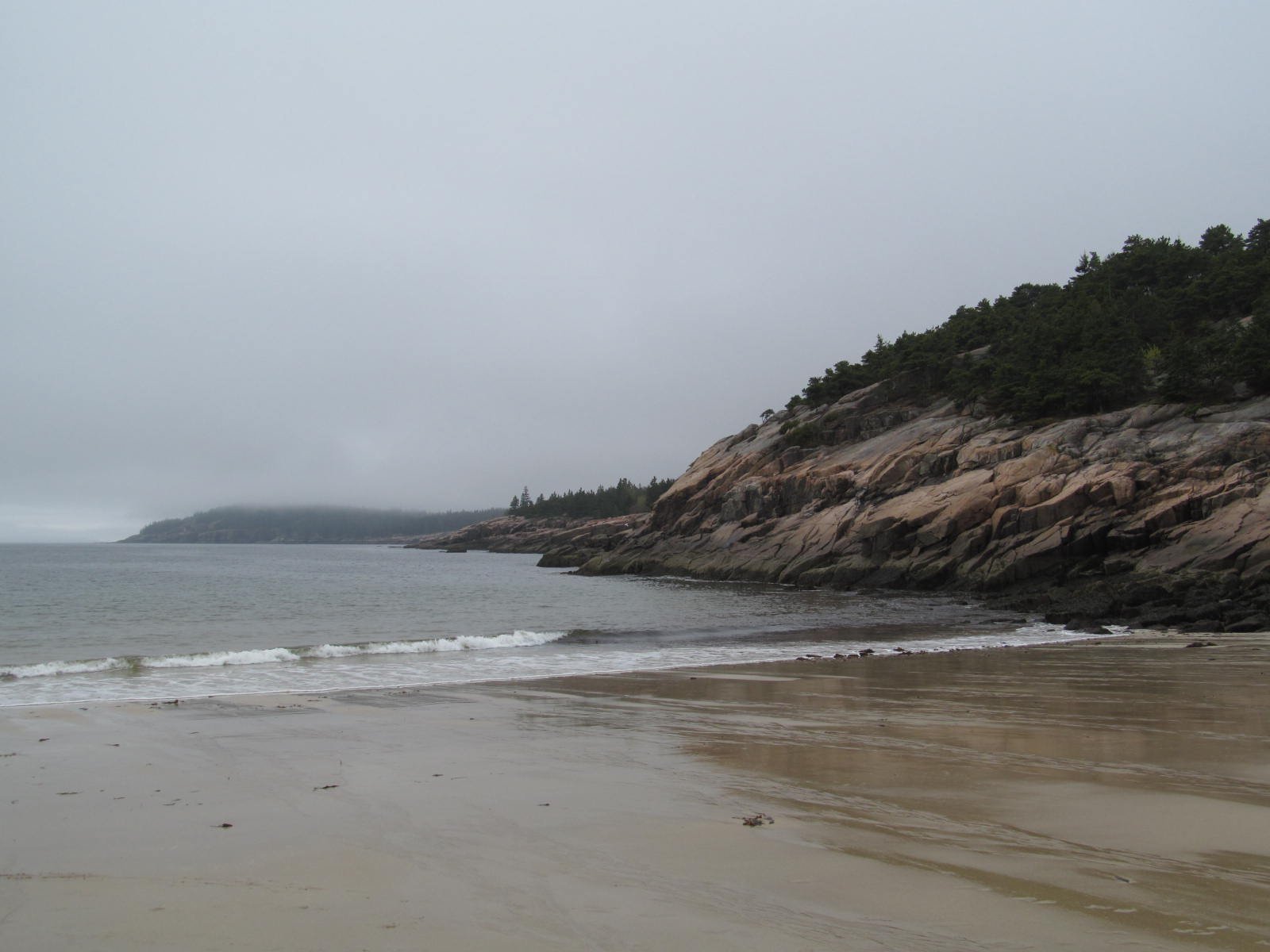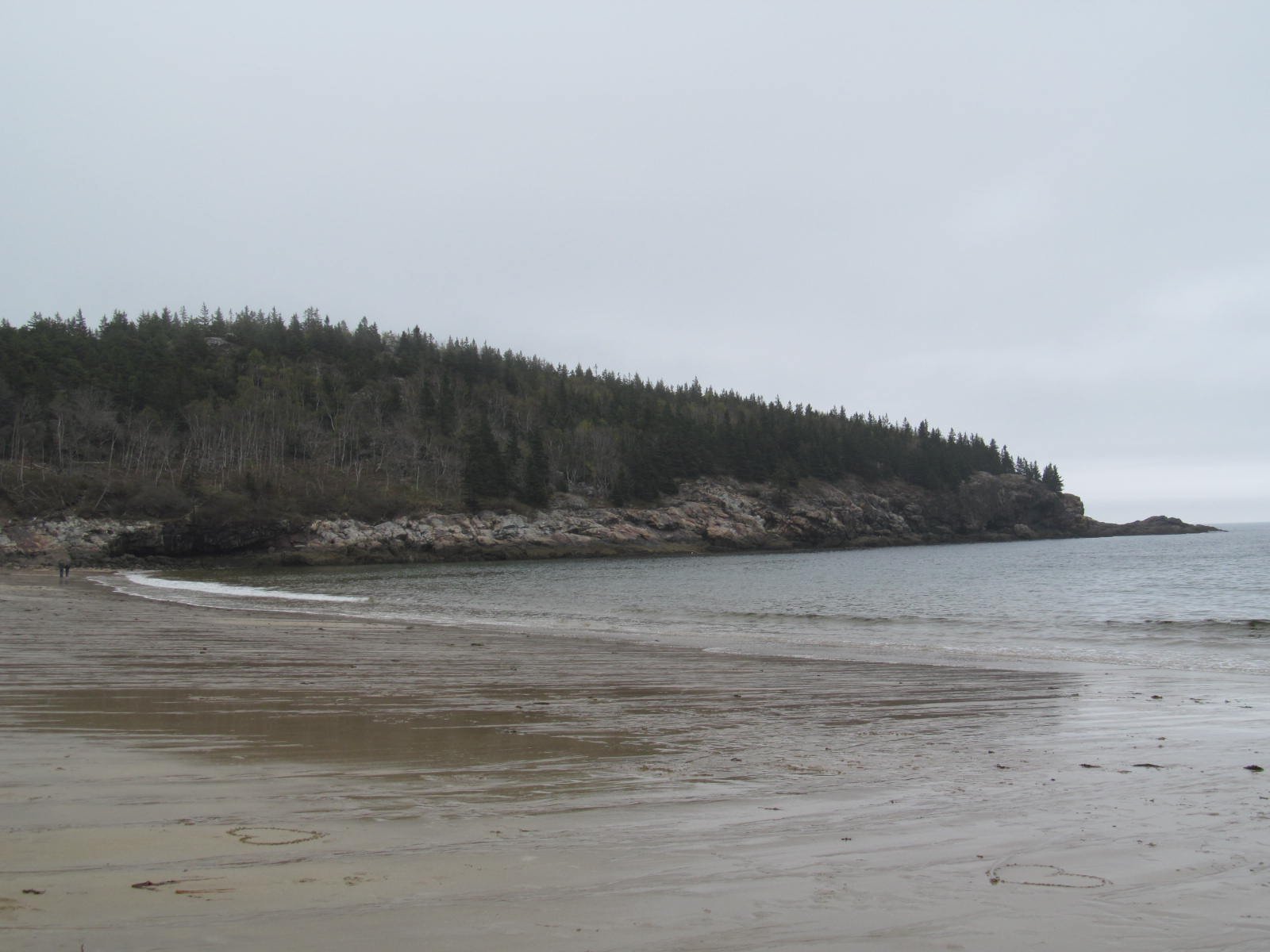The George B. Dorr Museum of Natural History, located within Acadia National Park, is a captivating educational institution that showcases the rich natural heritage of coastal Maine. Situated on the College of the Atlantic campus, this museum offers visitors an immersive experience into the region’s diverse ecosystems through interactive exhibits, wildlife displays, and educational programs. With its focus on hands-on learning and student-designed exhibits, the museum provides a unique perspective on the natural wonders of Acadia National Park and its surroundings.
What Are the Main Attractions at the George B. Dorr Museum?

The George B. Dorr Museum of Natural History boasts several key attractions that make it a must-visit destination for nature enthusiasts and curious minds alike:
-
Wildlife Dioramas: These meticulously crafted displays offer a window into the diverse habitats of coastal Maine, showcasing the intricate relationships between plants and animals in their natural settings.
-
Tide Pool Touch Tank: One of the most popular exhibits, this interactive tank allows visitors to get up close and personal with live marine creatures from Frenchman Bay, including sea stars, hermit crabs, and various species of snails.
-
Experiential Learning Stations: Throughout the museum, visitors can engage with hands-on materials such as baleen, fur, wings, and skulls, providing a tactile learning experience about the region’s wildlife.
-
Temporary Exhibits: The museum regularly features rotating exhibits, often showcasing nature drawings and photography created by College of the Atlantic students, ensuring that each visit offers something new to discover.
How Does the Museum Contribute to Education About Acadia National Park?

The George B. Dorr Museum plays a crucial role in educating visitors about the natural history and ecology of Acadia National Park through various means:
- Guided Tours: Museum staff and students lead informative tours, offering insights into the exhibits and the broader context of Maine’s natural history.
- Educational Programs: The museum offers a range of programs focusing on specific aspects of the park’s ecosystem, such as whale anatomy and ecology.
- Nature Walks: Guided walks in the surrounding area provide firsthand experience of the local flora and fauna, complementing the indoor exhibits.
- Scavenger Hunts: These interactive activities engage visitors of all ages, encouraging exploration and discovery of the natural environment.
- Summer Camps and Lecture Series: Special programs during the summer months offer in-depth learning opportunities on various natural history topics related to Acadia National Park.
What Can Visitors Expect from the Wildlife Displays?
The wildlife displays at the George B. Dorr Museum offer a comprehensive look at the diverse species found in and around Acadia National Park:
Coastal Maine Wildlife Dioramas
These detailed dioramas provide a snapshot of various coastal Maine habitats, including:
– Rocky shorelines
– Salt marshes
– Coniferous forests
– Deciduous woodlands
Each diorama showcases the plant and animal species typical of these ecosystems, highlighting their interdependencies and adaptations.
Marine Life Exhibits
The marine life exhibits, particularly the Tide Pool Touch Tank, feature:
– Live sea stars
– Hermit crabs
– Various species of snails
– Other marine invertebrates native to Frenchman Bay
These exhibits not only display the creatures but also educate visitors about their roles in the marine ecosystem and the importance of conservation.
What Are the Logistical Details for Visiting the Museum?
Planning a visit to the George B. Dorr Museum of Natural History is straightforward, but there are some key details to keep in mind:
| Information | Details |
|---|---|
| Location | Route 3, College of the Atlantic campus, Bar Harbor, Maine |
| Parking | Available on-site |
| Accessibility | Accessible by car, free Island Explorer Bus, or walking from nearby hotels |
| Hours of Operation | Summer season: Tuesday through Saturday, 10 a.m. to 5 p.m. |
| Admission | By donation |
| Contact | Phone: 207-288-5395 |
Additional Visitor Information:
- The museum is wheelchair accessible.
- A gift shop offers related merchandise and educational materials.
- For specific program scheduling or special accommodations, visitors are encouraged to contact the museum directly.
How Does the Museum Incorporate Student Involvement?
One of the unique aspects of the George B. Dorr Museum is its strong connection to the College of the Atlantic. This relationship manifests in several ways:
-
Exhibit Design: Many of the exhibits are designed and produced by College of the Atlantic students, providing a fresh and innovative perspective on natural history presentation.
-
Guided Tours: Students often lead tours, sharing their knowledge and passion for the natural world with visitors.
-
Research Integration: The museum serves as a platform for students to showcase their research and creative projects related to natural history and conservation.
-
Hands-on Learning: The museum provides College of the Atlantic students with practical experience in museum curation, education, and public engagement.
What Makes the George B. Dorr Museum Unique Among Natural History Museums?
Several factors set the George B. Dorr Museum apart from other natural history museums:
-
Focus on Local Ecosystems: The museum’s exhibits and programs are specifically tailored to the natural history of coastal Maine and Acadia National Park, providing in-depth knowledge of the local environment.
-
Interactive Learning: With its emphasis on hands-on exhibits and experiential learning, the museum offers a more engaging experience than traditional, passive museum displays.
-
Student-Driven Content: The involvement of College of the Atlantic students in exhibit design and museum operations brings a dynamic and contemporary approach to natural history education.
-
Integration with Acadia National Park: The museum’s location and focus make it an excellent complement to a visit to Acadia National Park, offering deeper insights into the park’s ecosystems and wildlife.
-
Accessibility: With admission by donation, the museum is accessible to a wide range of visitors, promoting education and appreciation of natural history regardless of financial means.
In conclusion, the George B. Dorr Museum of Natural History at Acadia National Park offers a unique and enriching experience for visitors interested in the natural world. Its combination of interactive exhibits, student involvement, and focus on local ecosystems makes it an invaluable resource for understanding and appreciating the natural wonders of coastal Maine and Acadia National Park.
References:
1. https://www.acadianationalpark.com/bar_harbor_maine_attractions/museum_natural_history.php
2. https://www.coa.edu/dorr-museum/
3. https://www.coa.edu/dorr-museum/exhibits/

